Air Quality Alert issued June 14 at 2:44PM CDT by NWS
Current Watches, Warnings and Advisories for Brown (WIC009) Wisconsin Issued by the National Weather Service
https://alerts.weather.gov/cap/wwacapget.php?x=WI12664E9298E0.AirQualityAlert.12664EA17BD0WI.GRBAQAGRB.a970c89c1ccaad5961e38ab473d10e74


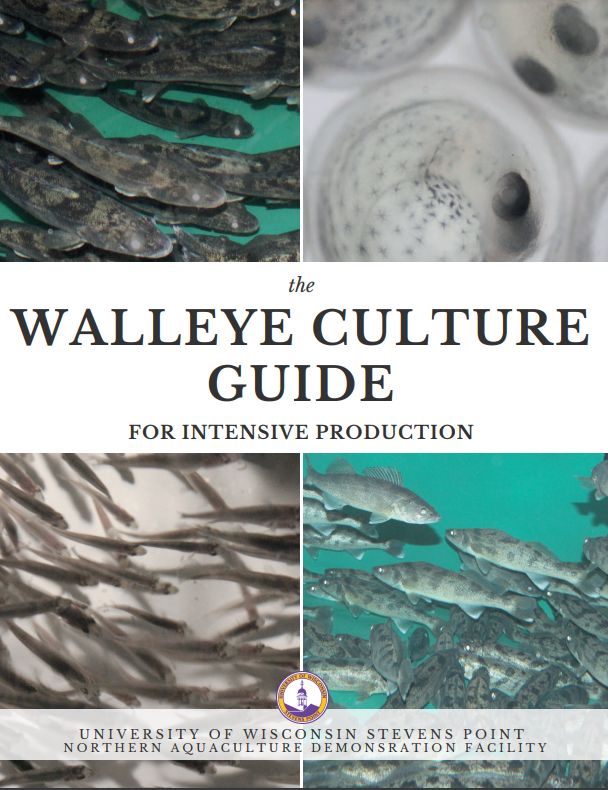
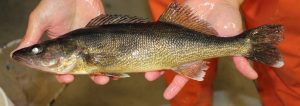



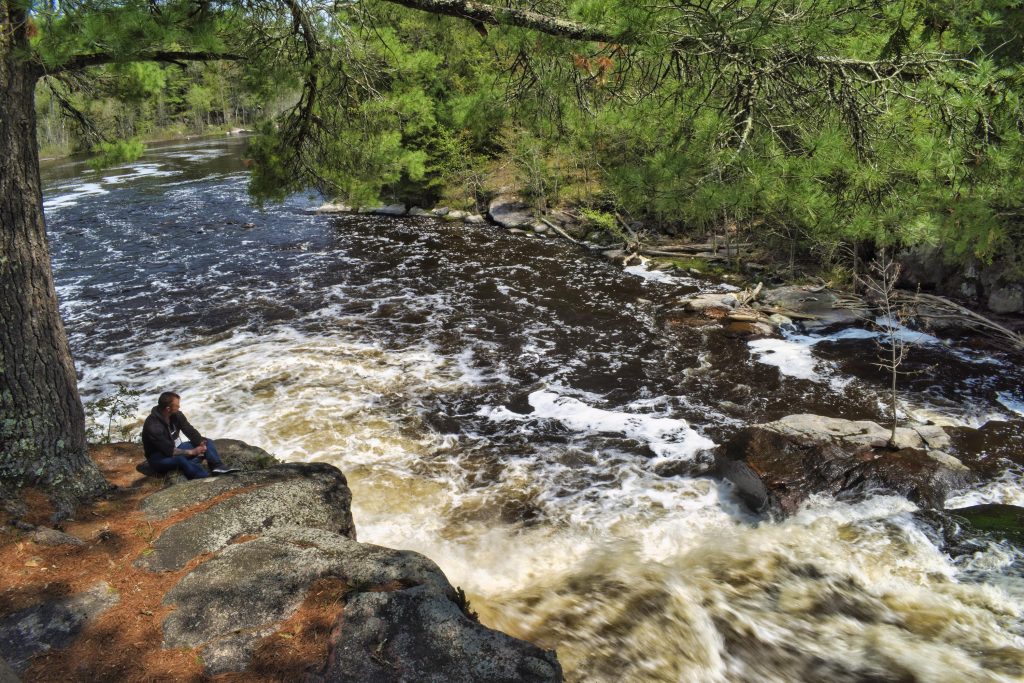
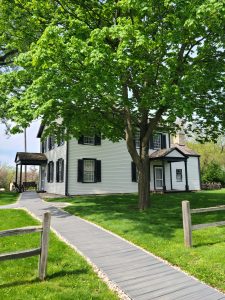
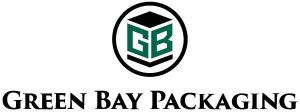 We were led through the plant by Olivia Durocher, project development specialist, and Andrew Stoub, environmental manager. Durocher said that 50% of their recycled materials comes from “big box” companies like Target and Walmart and the other 50% comes from consumers. They produce about 550 tons of paper per year.
We were led through the plant by Olivia Durocher, project development specialist, and Andrew Stoub, environmental manager. Durocher said that 50% of their recycled materials comes from “big box” companies like Target and Walmart and the other 50% comes from consumers. They produce about 550 tons of paper per year.
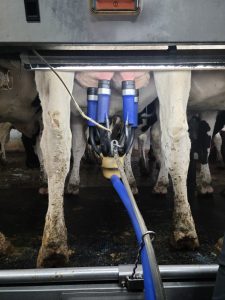

 Fond du Lac’s Lakeside Park. The Trash Free Waters program engaged vistors with a “Cleanup Bingo” activity, where volunteers were given a reusable cleanup bingo card, trash grabbers, gloves, and a trash bag, and they set off to clean up litter in the park–hoping to get a “bingo” on their cards. Once they found a trash item from any horizontal, diagonal, or vertical line on the card, the volunteers returned to the Fox-Wolf booth to collect a prize item for their efforts. We underestimated the level of excited volunteers would have in taking on this activity, and quickly ran out of prize items after only a couple of hours.
Fond du Lac’s Lakeside Park. The Trash Free Waters program engaged vistors with a “Cleanup Bingo” activity, where volunteers were given a reusable cleanup bingo card, trash grabbers, gloves, and a trash bag, and they set off to clean up litter in the park–hoping to get a “bingo” on their cards. Once they found a trash item from any horizontal, diagonal, or vertical line on the card, the volunteers returned to the Fox-Wolf booth to collect a prize item for their efforts. We underestimated the level of excited volunteers would have in taking on this activity, and quickly ran out of prize items after only a couple of hours.

 kelly@fwwa.org
kelly@fwwa.org 920-915-1502
920-915-1502


